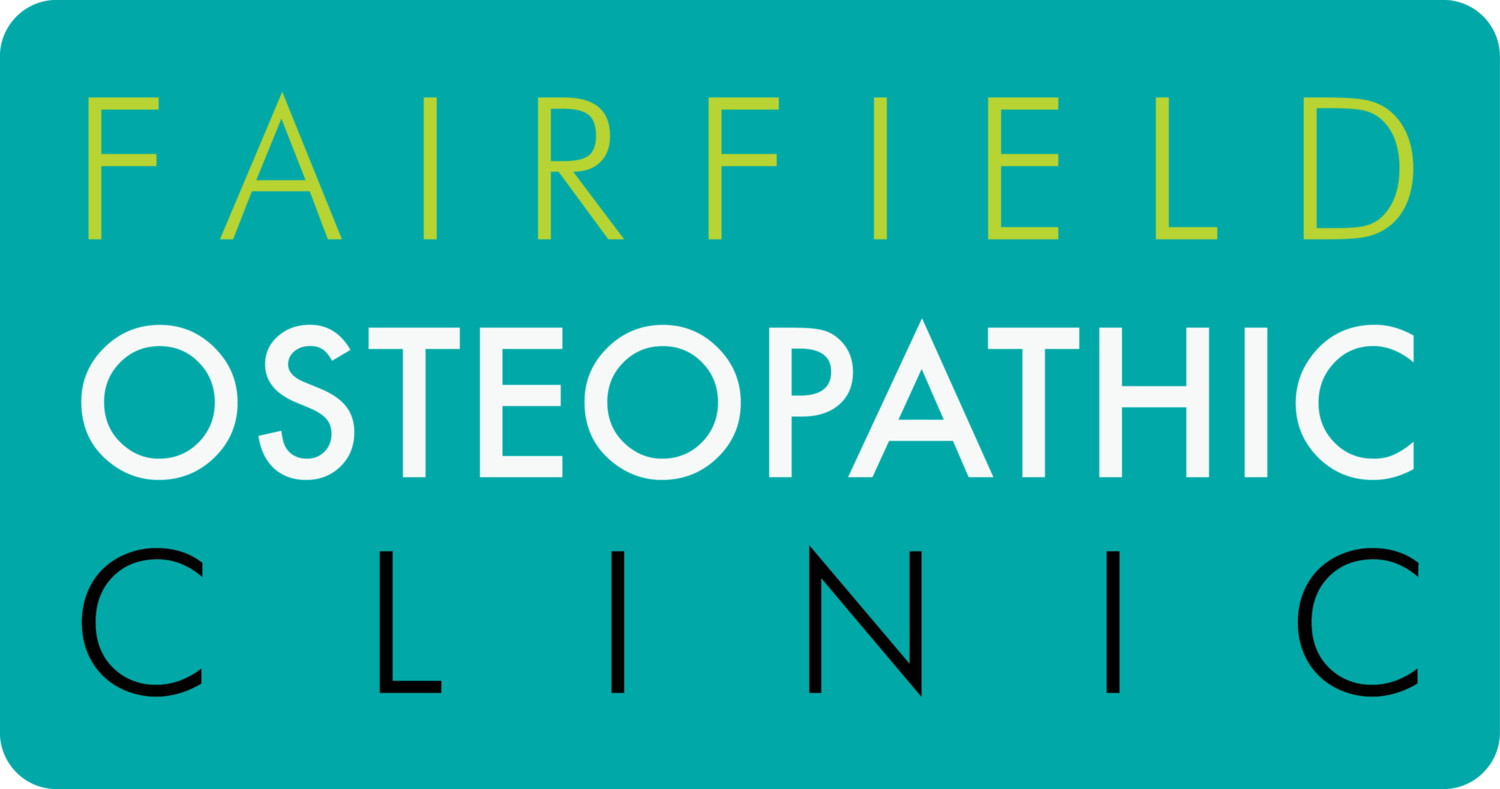Relief from Low Back Pain
A top recommendation I give to people for acute or persistent low back pain tends to be a slight variation on the traditional Alexander Technique ‘semi supine’ or ‘constructive rest’ position. I’ve heard it called many things through the years including ‘the astronauts’ position.
I heard about it twenty years ago when my mother started lying in this position at home for her niggling low back discomfort. My Dad thought it was another women’s lib type of thing to accompany her afro, it was the early 80s and she was on the verge of discovering psychoanalysis. All that aside, she found it very helpful and has continued the practice, as required, for over thirty years.
Unlike many people today, my mother was quite good at recognising she needed to take ten minutes out from her day. I wouldn’t consider her schedule hectic compared to the modern working mother but even tennis days, canteen, extensive household duties, and coffee catch ups can take their toll.
Exactly what to do
Traditionally, semi supine is taught with no support under the legs but I often regress the position as many people struggle to relax while holding their legs in place.
Put your phone, book, work, television, computer, partner and children aside.
Lie on your back on a carpeted floor, or similar, preferably with with your calves resting on the couch or a coffee table so your knees and hips are bent to approximately 90degrees.
Most people need support under their head - use a small firm pillow or a folded towel (traditionally Alexander Technique recommends a book or two so you can achieve the ‘perfect’ height for comfort - paperbacks can be surprisingly comfortable)
Allow your hands to rest easily on your belly, chest or hips.
Time to quieten your mind
Mindfulness has moved beyond New Age and into the literature. One way to achieve mindfulness is to connect and check in with parts of your body.
- Let your neck be free
- Let your head, face, jaw and mouth slacken and melt
- Let your shoulders widen to the sides
- Let your back lengthen and widen
- Let your knees go out and away
- Let your bottom, inner thighs and pelvic floor release and soften
For how long?
Ten minutes seems to be a magic number but anything beyond five should be beneficial.
How do I get up?
Please don’t rush to answer the phone from this position. Your body has relaxed, your blood pressure has dropped slightly and your breathing is calm. Don’t ruin that with an adrenalin spurt and a fainting episode.
Gently bring your knees toward your chest
Roll to the side (PAUSE PAUSE PAUSE)
Then come to sitting
Then come to standing
It works because:
You stop doing anything and relax.
Our nervous system can get a bit anxious and fired up, especially when we’re carrying pain. After a bit of lying down with less or no pain, it has a chance to calm down a bit. *
This will make you feel better.
Not just for emergencies
Semi-supine can be helpful anytime. Taking a break from the desk, music practice or study allows you to return to an activity, mentally refreshed and emotionally calmed.
We often forget we need to intermingle rest with activity. Let yourself take that rest - to benefit your body and your mind.
* There is also most likely multiple and as yet unknown and seriously complex neuro/mechanical/physiological responses that happens when we stop weight bearing and lie down on the floor in a strange position with pressure on the skin of our back.








